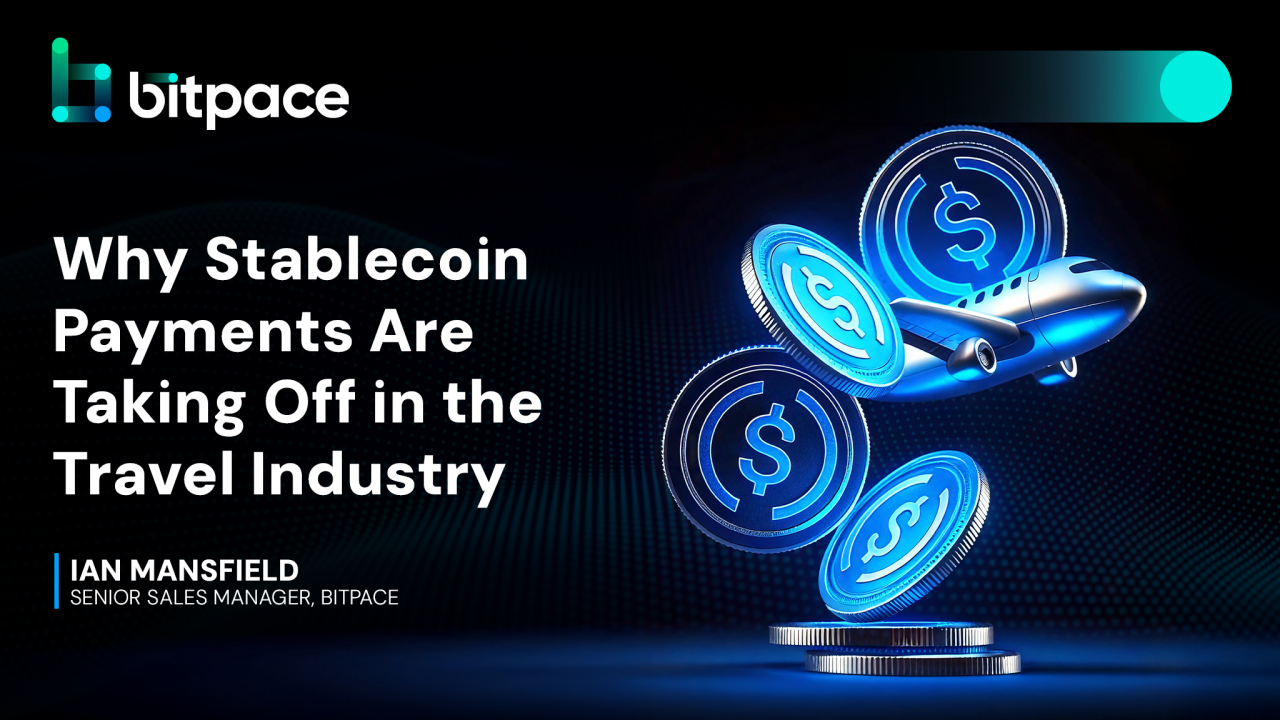The travel industry is undergoing a financial transformation, driven by the increasing adoption of stablecoins for cross-border payments. As global travelers seek faster, more cost-effective, and more secure ways to pay for services abroad, stablecoins are emerging as a compelling alternative to traditional payment methods. This shift is not only enhancing efficiency but also addressing long-standing pain points associated with international transactions.
The challenges of traditional cross-border payments
The travel industry processes an estimated $1.3 trillion annually, yet inefficiencies in payment processing result in significant financial losses. Traditional payment systems rely on multiple intermediaries, leading to high transaction fees and long settlement times. According to McKinsey, between 2-3% of this total value is lost in payment fees alone, amounting to tens of billions of dollars annually.
Another major issue is payment failure. Failed payments cost the global economy approximately $118.5 billion every year, as reported by LexisNexis. These failures can disrupt travel plans, delay hotel bookings, and create frustration for consumers and businesses. Given the industry’s reliance on seamless transactions, there is a growing demand for solutions that mitigate these inefficiencies.
How stablecoins solve these issues
Stablecoins—digital currencies pegged to a stable asset like the US dollar—offer a streamlined alternative to traditional cross-border transactions. Examples of stablecoins include USDC and USDT. Their benefits include:
1. Lower transaction costs: By eliminating intermediaries, stablecoin payments significantly reduce processing fees, allowing travel businesses to retain more revenue and offer better pricing to customers.
2. Faster settlements: Unlike bank transfers, which can take several days to process, stablecoin transactions settle almost instantly, ensuring travelers and service providers receive payments without delay.
3. Greater accessibility: Many travelers face challenges using their credit or debit cards abroad due to currency conversion issues or banking restrictions. Stablecoins provide a borderless solution that operates independently of traditional banking networks.
4. Improved security and transparency: Blockchain technology enhances the security of transactions while reducing the risk of fraud, an ongoing concern for the travel industry.
The future of stablecoin adoption in travel
As stablecoins gain traction, more travel companies are expected to integrate them into their payment systems. Airlines, hotels, and travel agencies that embrace this technology will not only improve their operational efficiency but also offer greater flexibility to their customers. With regulatory frameworks for digital currencies becoming more defined, the stability and legitimacy of stablecoins will continue to grow.
Looking ahead, the use of stablecoins for travel payments is poised to become a mainstream solution. By addressing the inefficiencies of traditional cross-border payments, stablecoins are setting a new standard for financial transactions in the travel industry, paving the way for a more seamless and cost-effective experience for travelers worldwide.
Ian Mansfield, Senior Sales Manager at Bitpace

